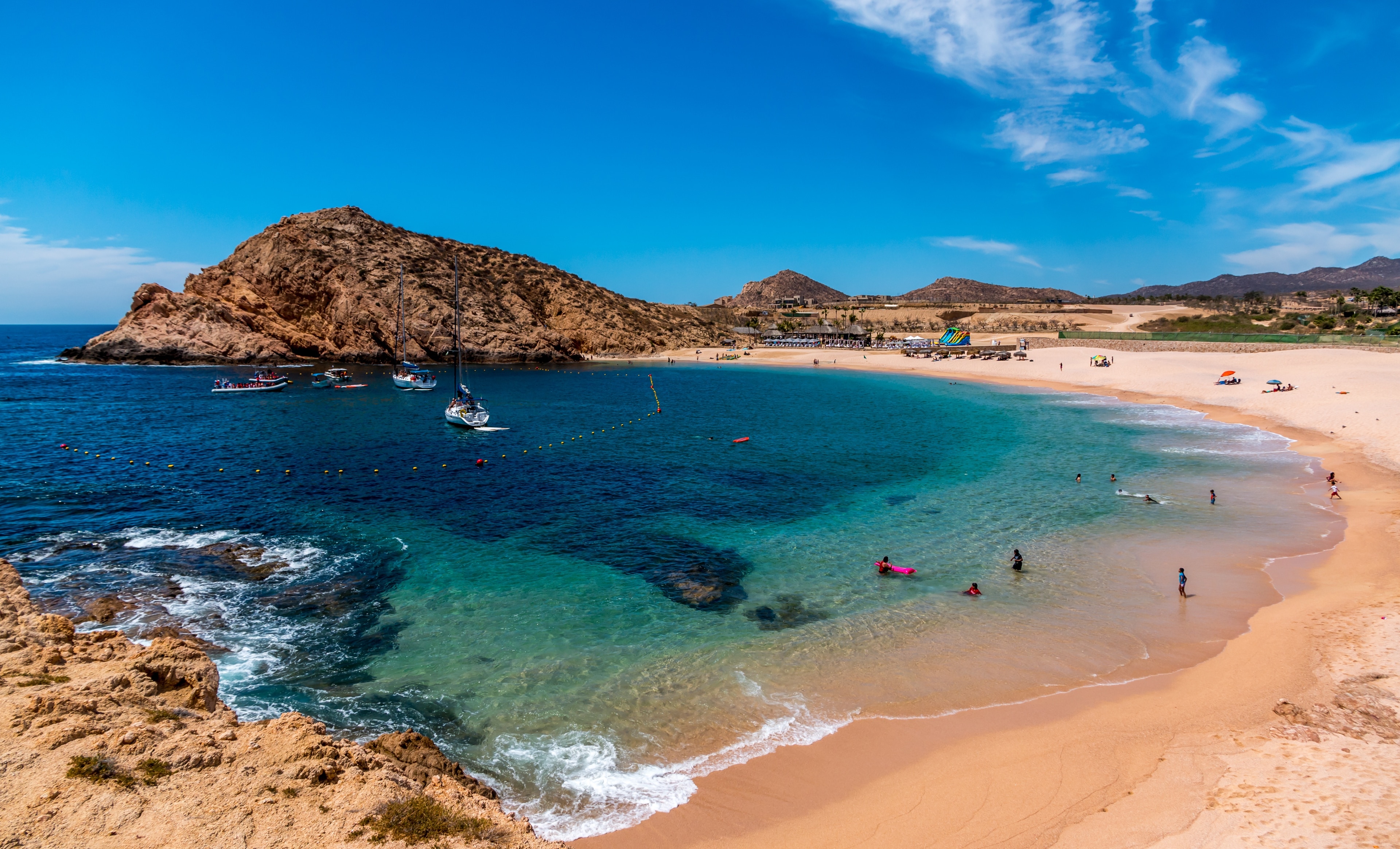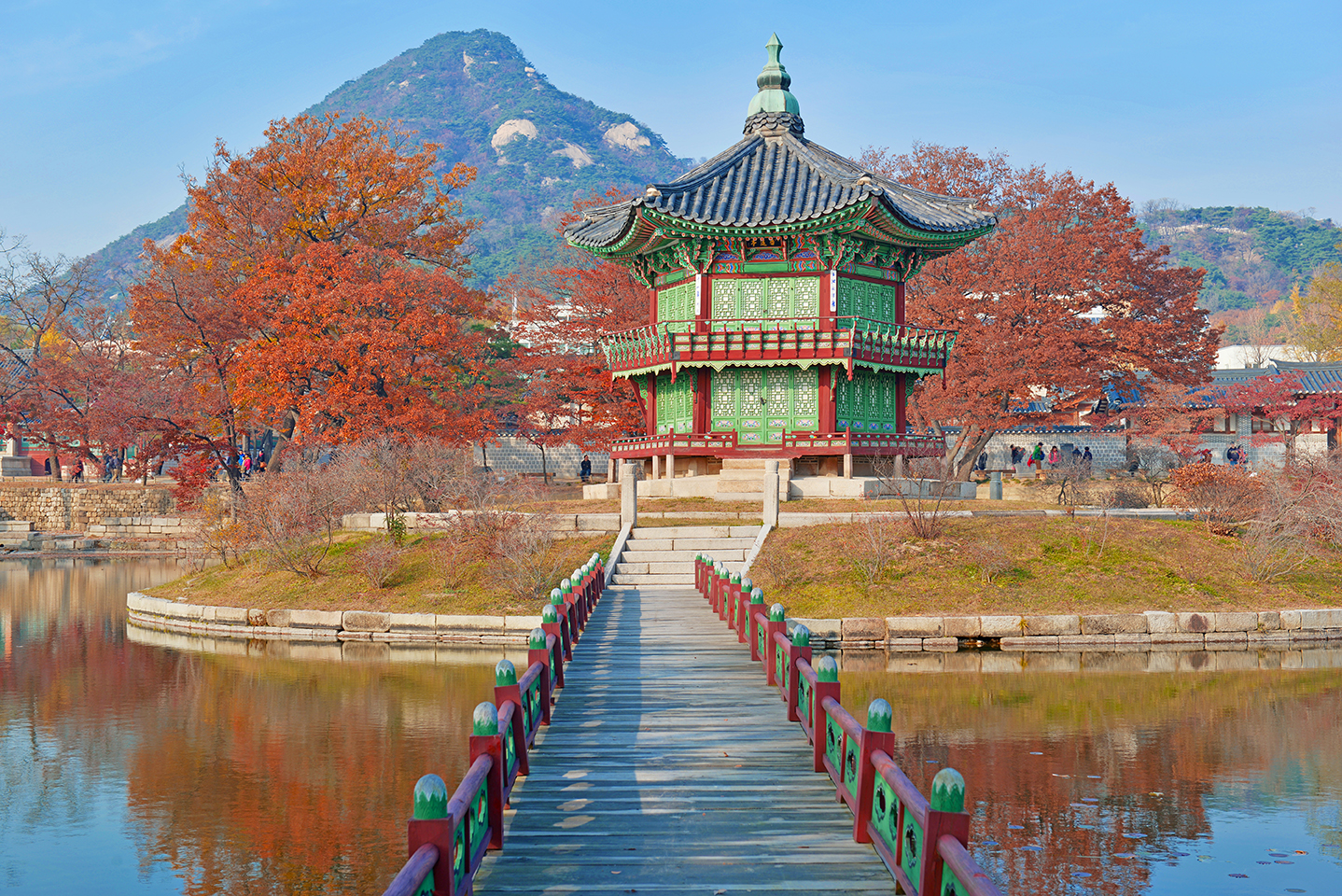Best warm places to live: Finding the perfect climate for your lifestyle involves more than just sunshine. This guide delves into the diverse world of warm climates, examining temperature ranges, cultural nuances, and practical considerations for relocation. From the balmy breezes of the Mediterranean to the tropical warmth of Southeast Asia, we explore the advantages and disadvantages of various locations, helping you make an informed decision about your next move to a warmer climate.
We’ll analyze factors beyond average temperature, considering humidity, rainfall, cost of living, and cultural attractions. We’ll also address crucial practical aspects like healthcare, employment opportunities, and the potential health impacts of living in a warmer environment. Ultimately, our goal is to empower you with the knowledge needed to choose the best warm place to live, tailored to your individual needs and preferences.
Practical Aspects of Living in Warm Climates: Best Warm Places To Live
Relocating to a warm climate offers alluring prospects, but careful planning is crucial for a smooth transition. Ignoring practical considerations can lead to unforeseen challenges and financial strain. This section Artikels key factors to investigate before making the move, categorized for clarity and ease of planning.
Financial Considerations for Warm Climate Relocation
The cost of living in warm climates varies significantly depending on location and lifestyle. Researching housing costs, utilities (particularly air conditioning), and transportation expenses is paramount. Many popular warm-climate destinations have higher-than-average housing costs, particularly in desirable areas. For example, coastal cities in California or Florida often command premium prices. Furthermore, property taxes and insurance rates should be factored into the budget.
Do not overlook explore the latest data about best vacation spots for seniors.
Employment opportunities and their corresponding salaries are equally important; a comprehensive salary comparison between your current location and your prospective warm-climate destination is essential. Consider creating a detailed budget that accounts for all anticipated expenses, including potential unexpected costs.
Logistical Aspects of Relocating to a Warm Climate
Finding suitable housing is a primary logistical hurdle. Researching different neighborhoods and their proximity to amenities like grocery stores, healthcare facilities, and transportation options is critical. The availability and cost of reliable transportation should also be considered, particularly if you don’t plan to own a car. Understanding the local infrastructure is crucial; reliable public transportation, readily available utilities, and efficient waste management systems are essential for comfortable living.
For instance, some areas may experience frequent power outages during peak heat, necessitating backup power solutions. Similarly, access to reliable internet and cellular service should be verified. Finally, navigating the legal aspects of relocation, such as obtaining necessary permits and licenses, requires careful planning and attention to detail.
Healthcare and Employment Opportunities in Warm Climates
Access to quality healthcare is a significant concern. Researching the availability of healthcare providers, hospitals, and insurance options is essential. Compare the healthcare system in your current location with that of your prospective destination. Consider the prevalence of specific health concerns in warmer climates, such as heat-related illnesses, and ensure access to appropriate medical services. Furthermore, investigate employment opportunities in your field.
Online job boards and networking within your profession can provide valuable insights into the job market in your chosen location. Consider the competitiveness of the job market and the average salaries offered for similar positions. Networking with professionals already residing in your target area can be incredibly beneficial in identifying potential employment opportunities.
Researching Local Infrastructure and Resources
Thorough research of local infrastructure and resources is paramount before relocating. This involves examining the quality of public services, such as water and sanitation, as well as the availability of emergency services. Consider the prevalence of natural disasters in the region and the preparedness measures in place. For instance, areas prone to hurricanes or wildfires require specific preparations and insurance considerations.
Understanding the local government’s regulations and policies related to building codes, permits, and environmental protection is also crucial. Furthermore, exploring community resources such as libraries, recreational facilities, and social support networks can significantly enhance the quality of life in your new environment. Access to reliable information on local resources is crucial for successful integration into the community.
Health and Well-being

Relocating to a warm climate offers many lifestyle advantages, but it’s crucial to understand the potential health implications. While enjoying sunshine and warmer temperatures, residents must also be aware of the unique health challenges posed by these environments and take proactive steps to mitigate risks. This section explores the potential health impacts of living in warm climates and offers preventative measures for maintaining optimal well-being.
Heat-Related Illnesses
Prolonged exposure to high temperatures presents a significant health risk in warm climates. Heatstroke, a life-threatening condition characterized by a body temperature exceeding 104°F (40°C), is a severe consequence of overheating. Other heat-related illnesses include heat exhaustion and heat cramps, both of which can precede heatstroke if not addressed promptly. Symptoms of heatstroke can include confusion, seizures, loss of consciousness, and rapid heart rate.
Heat exhaustion manifests as heavy sweating, weakness, dizziness, headache, and nausea. Heat cramps are painful muscle spasms usually in the legs and abdomen. The severity of heat-related illnesses is influenced by factors such as humidity, physical exertion, and pre-existing health conditions. For example, individuals with cardiovascular issues are at increased risk of complications from heatstroke.
Allergens and Respiratory Issues
Warm climates often experience higher pollen counts, leading to increased allergy symptoms for susceptible individuals. Molds and other airborne allergens also thrive in humid environments, exacerbating respiratory conditions like asthma and bronchitis. The extended pollen season in many warm regions can result in prolonged allergy suffering, necessitating careful management and preventative measures. For instance, a person with pollen allergies might experience more intense symptoms during spring and fall months in warm climates compared to colder ones.
Insect-Borne Diseases, Best warm places to live
Mosquitoes, ticks, and other insects prevalent in warm climates can transmit various diseases. These include malaria, dengue fever, Zika virus, Lyme disease, and West Nile virus. The risk of contracting these diseases varies depending on the specific location and time of year. For example, the risk of malaria is higher in tropical regions with standing water, while Lyme disease is more common in areas with high tick populations.
Understanding the local disease vectors and taking appropriate precautions is crucial for minimizing risk.
Preventative Measures for Health Risks in Warm Climates
Taking proactive steps is vital to minimize health risks associated with living in a warm climate. This includes staying hydrated by drinking plenty of water throughout the day, even before feeling thirsty. Wearing light-colored, loose-fitting clothing to reflect sunlight and allow for better air circulation is also essential. Seeking shade during the hottest parts of the day and limiting strenuous outdoor activities during peak heat periods helps prevent overheating.
Using sunscreen with a high SPF to protect against harmful UV rays is crucial for preventing sunburn and long-term skin damage.
- Stay hydrated by drinking plenty of water throughout the day.
- Wear light-colored, loose-fitting clothing.
- Seek shade during the hottest parts of the day.
- Limit strenuous outdoor activities during peak heat.
- Use sunscreen with a high SPF.
- Use insect repellent containing DEET or picaridin.
- Consult a doctor about necessary vaccinations and medications.
- Monitor pollen counts and take allergy medications as needed.
Maintaining a Healthy Lifestyle in Warm Climates
Maintaining a healthy lifestyle in a warm climate requires adjustments to diet, exercise, and hydration habits. A balanced diet rich in fruits and vegetables is essential for providing the body with necessary nutrients and antioxidants. Staying hydrated is paramount, especially during physical activity. Regular exercise is crucial for maintaining physical and mental health, but it’s important to adapt exercise routines to the heat.
Early morning or late evening workouts are often preferable to avoid the hottest parts of the day.
Illustrative Examples
Choosing a warm-climate city involves considering more than just temperature; lifestyle, culture, and architectural design play significant roles in overall livability. The following examples highlight the diverse experiences offered by warm-climate locations worldwide.
Mediterranean Charm: Seville, Spain
Seville, nestled in the heart of Andalusia, offers a sensory feast. The intense sunlight bathes the city in a golden hue, illuminating the intricate details of its Moorish architecture. The air vibrates with the sounds of flamenco guitar, the rhythmic clapping of dancers, and the lively chatter of locals in bustling plazas. The scent of orange blossoms perfumes the air, mingling with the aroma of freshly baked bread from nearby panaderias.
Seville’s architecture is a testament to its rich history, with whitewashed buildings adorned with ornate balconies, showcasing a blend of Moorish and Spanish styles. These designs maximize natural ventilation and minimize direct sunlight, reflecting centuries of adaptation to the hot climate. The courtyards, often featuring fountains and lush greenery, provide cool oases within the city’s vibrant streets.
Tropical Paradise: Honolulu, Hawaii
Honolulu presents a dramatically different, yet equally captivating, warm-climate experience. The constant, gentle trade winds bring a refreshing coolness to the tropical heat, carrying the scent of plumeria and salt air. The sounds of the Pacific Ocean – the rhythmic crash of waves on the shore, the calls of seabirds – blend with the vibrant sounds of Hawaiian music. The city’s landscape is a stunning mix of volcanic mountains, lush rainforests, and pristine beaches.
The architecture here often incorporates natural materials, such as wood and bamboo, reflecting a respect for the environment. Open-air designs and wide verandas maximize airflow and provide shade, allowing residents to enjoy the outdoor lifestyle. Buildings are often painted in light, pastel colors to reflect the sun’s rays, reducing heat absorption.
Subtropical Sophistication: San Diego, California
San Diego boasts a unique microclimate within the subtropical zone, resulting in a mild, sunny climate year-round. The city’s architecture reflects a blend of styles, from the Spanish Colonial Revival found in older neighborhoods to the modern designs of its downtown skyline. The sounds of the city are a mix of ocean waves, bustling streets, and the relaxed chatter of residents enjoying the outdoor lifestyle.
The scent of salt air is ever-present, often mingling with the aromas from the city’s diverse culinary scene. San Diego’s buildings often incorporate elements designed to minimize heat gain, such as light-colored exteriors and shaded patios. The abundant use of glass and open floor plans maximizes natural light while strategically placed landscaping provides shade and reduces the urban heat island effect.
The city’s emphasis on outdoor living spaces reflects its adaptation to the comfortable climate.
Architectural Styles in Warm Climates
Architectural styles in warm climates often prioritize passive design strategies to minimize energy consumption for cooling. Common features include high ceilings to allow for natural convection, large windows to capture breezes, and shaded overhangs or verandas to block direct sunlight. Light-colored exteriors reflect solar radiation, reducing heat absorption. The use of natural materials like wood, stone, and stucco contributes to thermal mass, which helps to moderate indoor temperatures.
Courtyards and open-air spaces provide natural ventilation and shade, creating comfortable microclimates within the buildings. These design principles, honed over centuries, illustrate a sustainable approach to building in warm environments.
Choosing the best warm place to live is a deeply personal journey, balancing your desire for pleasant weather with practical considerations. This guide has explored the spectrum of warm climates, highlighting the unique characteristics and challenges of each. By carefully weighing the advantages and disadvantages, and conducting thorough research into specific locations, you can confidently select a destination that aligns with your lifestyle, budget, and health needs.
Embrace the warmth, but plan wisely for a successful relocation.


